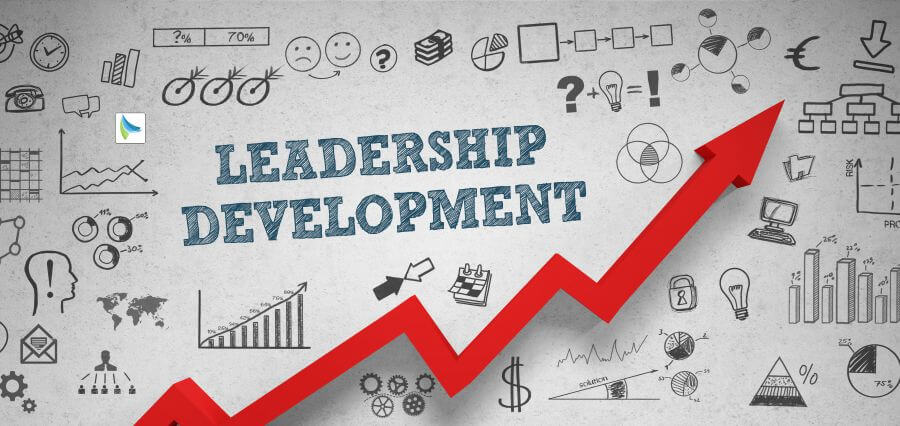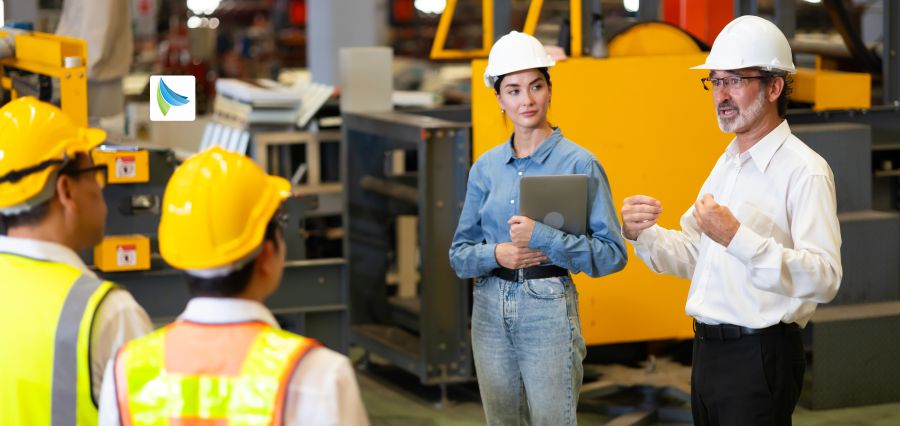The global metals industry has been leading economic growth for decades, underpinning industries as diverse as infrastructure and autos, energy, and technology. The industry has in recent years been faced with unprecedented levels of disruption, i.e., notoriously volatile commodity prices, geopolitics, and the necessity to respond to sustainability issues. In order to handle such complexity, leadership has to be of a new type that aligns with operational excellence along with strategic innovation. New-generation metals leaders of today are revolutionizing the path to grow, not only through production, but also by sensing future market waves even before they hit, embracing technology at the industry leader’s edge, and creating a culture of unflinching improvement. Firms of the future are aware that metal industry leadership is no longer a matter of how to produce more. Empathetic leaders who are at the forefront of innovation are guiding their firms towards next-generation manufacturing processes, digitalization, and environmental solutions maximizing efficiency at minimal environmental cost. By embracing a vision-based approach to address the global challenges, these leaders are making their businesses and the industry robust and innovative competitors in an extremely competitive market.
Tech-Driven Growth
Technology continues to be a differentiator in the metals sector with the capability to revolutionize manufacturing processes, supply chain efficiency, delivery of quality products, and overall business resilience. Those businesses that invest in computer-enabled solutions, including predictive analytics, artificial intelligence, machine learning, and intelligent manufacturing systems, can expect demand volatility, minimize downtime, maximize efficiency, and make fact-driven decisions that lead to profits. The technologies help firms to stay competitive in spite of the increasing operation costs, supply chain disruption, or marketplace changing patterns, and adopt greener practices.
Innovation progresses from firm-level process to application innovation and material innovation. The development of light-weight metal alloys used in the transport and aeronautical sectors or tough metals for clean energy infrastructure is only one demonstration of the ability of the industry to keep up with changing market requirements and emerging technology trends. CEOs who guide research and development are enabling companies to offer customers new solutions for their needs, meet increasingly stringent environmental regulations, and boost long-term business performance. By having a key value in its culture of technological innovation, metal companies can enable sustainable growth, remain competitive, and be more competitive in an evolving world economy.
Sustainability in Strategy
Sustainability can no longer be a nicety for metal companies but an imperative of business. Companies worldwide are incorporating ESG thinking as an integral business strategy to reduce carbon footprint, enhance energy-use efficiency, and enable sustainable procurement of raw materials and enhanced long-term competitiveness. By embracing circular economy practice in metal re-manufacturing and recycling, firms not only reduce environment degradation but also open new business opportunities, cost savings, and enhanced stakeholder value.
Visionary leadership must adopt sustainable practices that involve coping with complex regulatory regimes, multi-stakeholder relationships, and long-term investments with assured payback. Business with sustainability orientation is better positioned to win the confidence of investors’, partners’, and customers’, and remain ahead of global regulatory breakthroughs. Managers adopting sustainability in decision-making enable the metals industry to transform itself from an environmental sipping business to a source of economic, environmental, and social development.
International Partnerships & Collaboration
International metals business is not a system based on modules, and international collaboration lies at the core of fostering technological innovations, business growth, and environmentally friendly industrial processes. Large industrial companies are coming together more and more into strategic collaboration agreements with purchasers, research organizations, government offices, and vendors for common strengths, cost savings, improved business efficiency, and propelling technological innovation. These partnerships enable companies to gain access to new markets, create openings for state-of-the-art research, and create new products and services with solutions to worldwide problems such as resource limitations, energy conversion, and climatic footprint.
Global collaboration also builds resilience via decentralization of supply chain, stakeholder trust establishment, and mitigation of geopolitical risk or market volatility. Business innovation mindset leaders know the advantages of extended cooperation rather than transactional partnerships and instead of adopting extended cooperation, knowledge sharing, and the common good. By establishing a culture of collaborative problem-solving, metal industry leadership can make innovation, competitiveness, and the world industry for all sustainable.
Conclusion
Innovation leadership is revolutionizing the world metals market by integrating technology, sustainability, and partnership in every business practice. Technology-oriented leaders optimize business performance as well as position their organizations to thrive in a more expanding, more high-tech, and more competitive marketplace environment. By driving technology innovation, providing sustainable initiatives, and creating strategic alliances, metals businesses are redefining industry greatness and fueling economic growth in general. The entrepreneurs willing to shake the established pattern, invest in solutions for tomorrow, and develop sustainably not only will guarantee the long-term success of their firms but also will result in an irreplaceable world industry. Visionary leadership will continue to drive the metals industry as a catalyst for economic growth, technological innovation, and sustainable development.
Read More:












